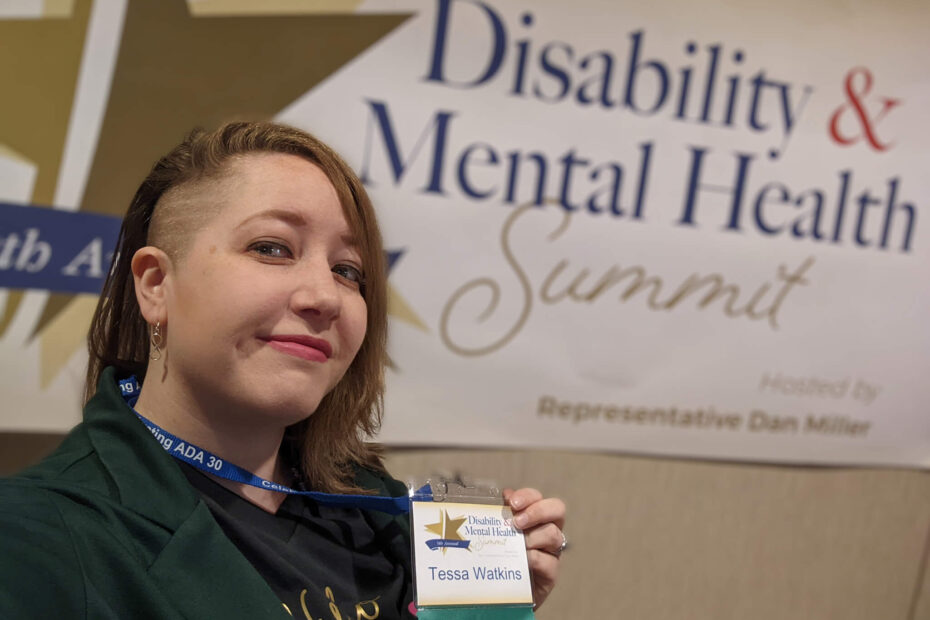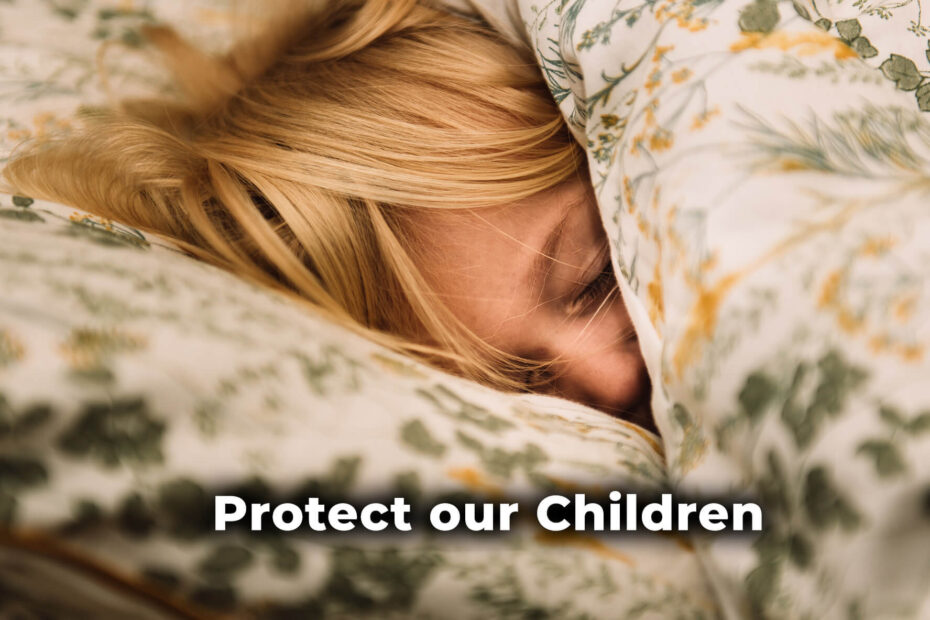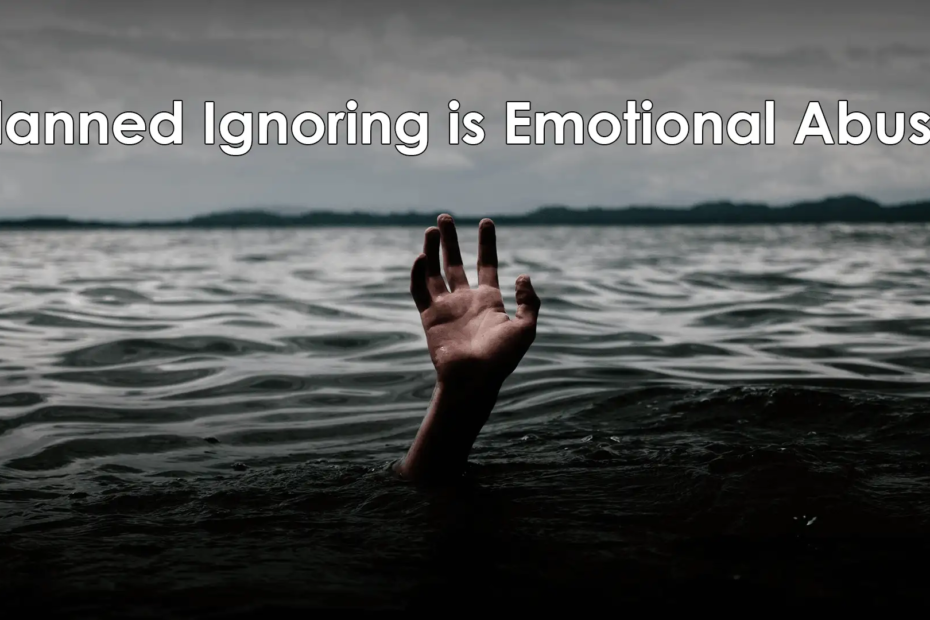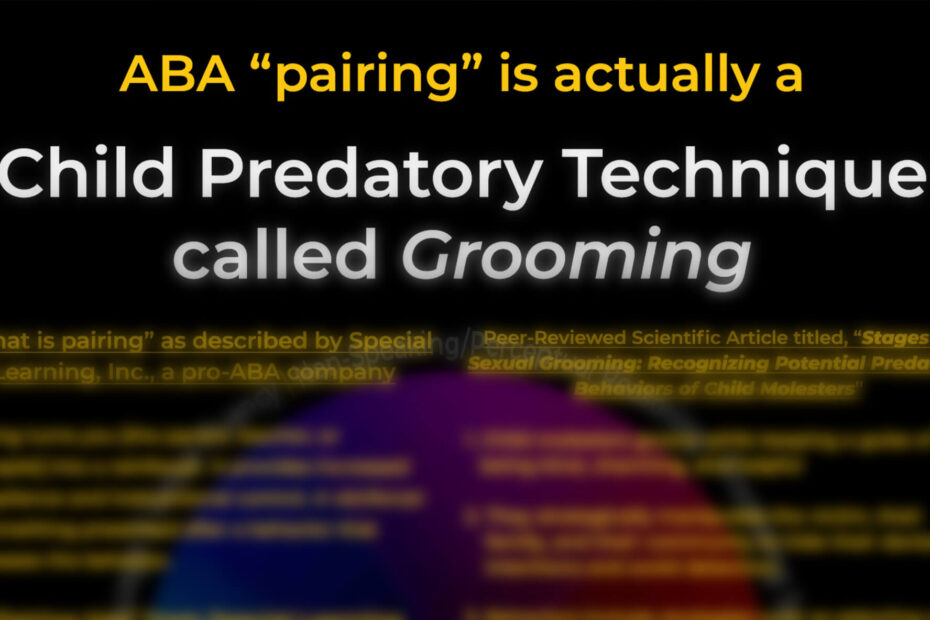
The world is a cruel place which is why we need safe spaces
If the world is a cruel place, why can’t your home be your child’s one guaranteed safe place? Don’t be your kid’s first bully.
Applied Behavior Analysis (ABA) is a treatment for autistic children in which the child works with a practitioner one-on-one. The goal of ABA is to modify the child’s behavior so that they conform with their same-aged peers.
However, Applied Behavior Analysis is a controversial subject because its science-based evidence is from studying the effects of emotional maltreatment, how abuse and neglect can change human behavior, and how predatory grooming tactics are used against kids and their families in both their treatments and marketing techniques.
Children, especially autistic children, are the most vulnerable population to receive this treatment due to their naive nature. Prolonged use of Applied Behavior Analysis treatment can leave lasting and permanent damage to their mental health, leading to complex PTSD, depression, and anxiety later in life.
The articles in this section are a collection of why ABA should not be used and/or how to navigate the medical system within ABA when there is no other choice for harm reduction.

If the world is a cruel place, why can’t your home be your child’s one guaranteed safe place? Don’t be your kid’s first bully.

What better way to learn about autism than from an autistic person? Learn why autistics are unmasking for their mental health.

This autistic educator, AuTeach, can help you spot the red flags when looking for a neuroaffirmative pediatric therapist or service in this TikTok series.

Understand how and why members of the autistic community are marginalized both historically and currently.

Support Keeping All Students Safe (KASSA) by Stopping the Shock! FDA’s ban on a dangerous electric shock device was overturned by angry parents and therapists.

The truth about ABA is that it’s just a business making profit off your disabled children and parents are the customers.

Learn about Applied Behavior Analysis (ABA) and its founder, Ole Ivar Lovaas, and his early tests on autistic children at UCLA.

Ole Ivar Lovaas, the founder of Applied Behavior Analysis (ABA) is interviewed about his dehumanizing perspective of autistic people that led to his abusive and torturous methods to force compliance in his autism treatment.

Planned Ignoring, or attention extinction, is an abusive technique recommended by Applied Behavior Analysis (ABA) for autism treatment.

Listen to autistics, parents, and a former ABA therapist discuss why Applied Behavior Analysis (ABA) is abuse for autistic people in this hour-long webinar.

ABA procedures like attention extinction can cause more harm than good. Let’s explore the unethical science behind this evidence-based practice and why it’s abusive.

ABA is an evidence-based autism treatment, but is it ethical? Let’s take a look at ABA’s pairing technique and what it really is.